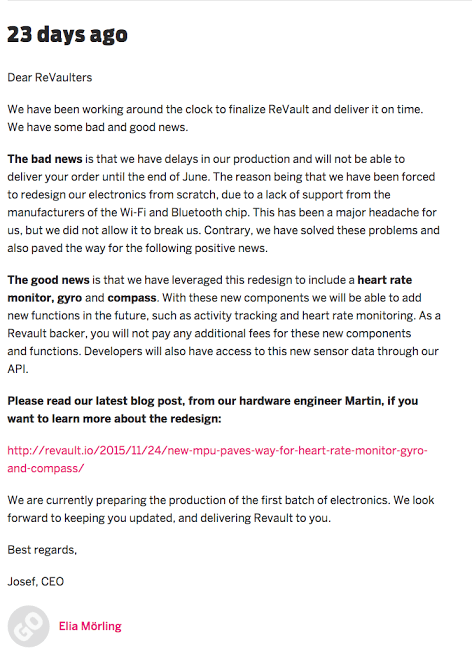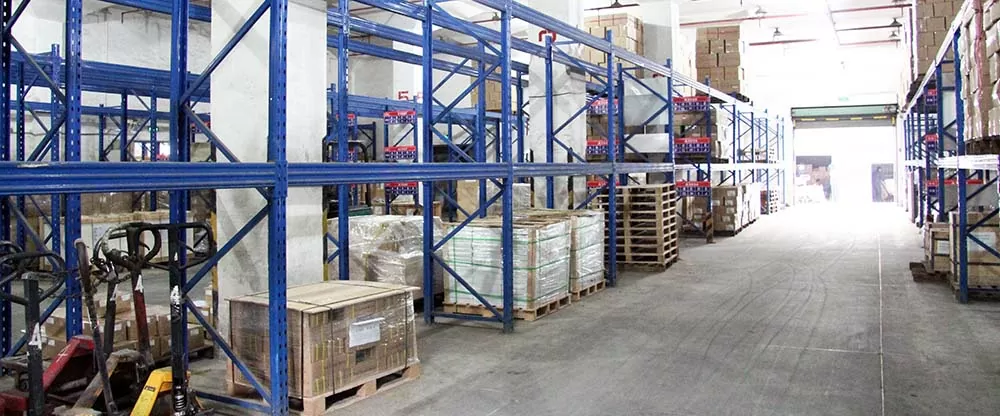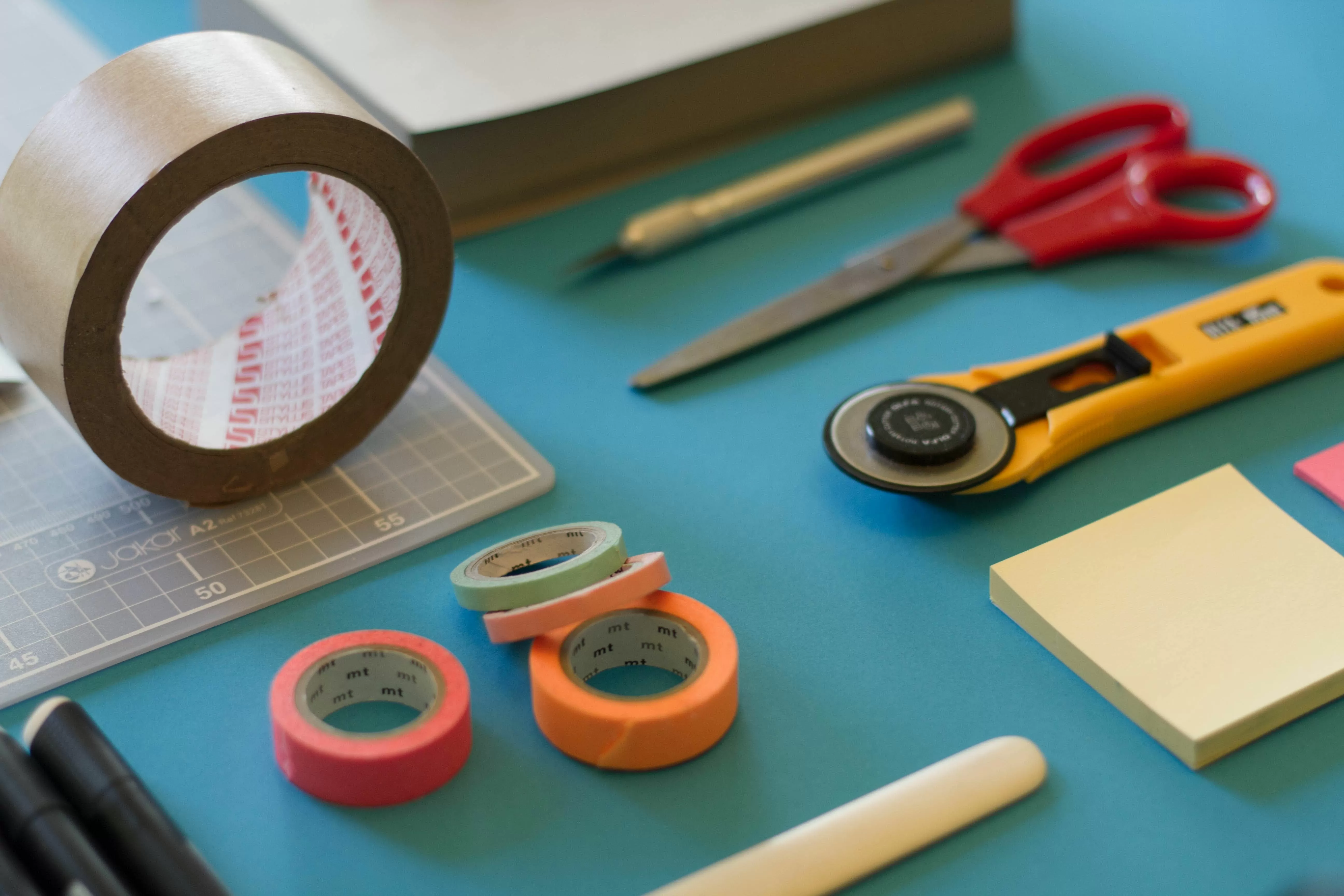PrintNinja - online printing made easy for creators
After Your Campaign Closes: Staying in Touch and Shipping Kickstarter Rewards
Once your campaign wraps up, it’s time to produce your game and ship your Kickstarter rewards! Despite the best of intentions, only 65% of Kickstarter projects ship on time, the remainder led astray by unexpected manufacturing, packing, and shipping delays. Plan for on-time delivery with the following important steps and turn first-time backers into lifelong fans.
Welcome Latecomers
After your campaign closes, there’s still an opportunity to get more backers. Interested supporters might arrive to the party a little too late, so be sure to add a buy now button to your Kickstarter page and your landing page to capture latecomers.
Keep in Touch
After your campaign, invested backers want to know how your project is progressing. Stay active and engaged, responding to comments and posting on social media. Some good ideas are to post a thank-you video on Kickstarter or to send monthly updates about your production schedule.
If you’re overwhelmed by questions about the production schedule or reward details, add an FAQ section to your website where you can direct backers for more information.
How to Deliver Bad News
As your expected fulfillment date approaches, you’ll need to tell your backers whether they’ll receive their rewards on time. If you’ve been sending regular updates on your progress, this information—good or bad—shouldn’t come as a surprise.
Backers understand that you’re an independent creator, using Kickstarter to produce a brand new game. They’ll be patient with unexpected delays as long as you’re transparent about the cause of the delay, how you’re addressing it, and when they can expect to receive their rewards.
If possible, include a silver lining along with any bad news. ReVault nailed the bad news sandwich—good news, bad news, good news—in this update about their manufacturing issues.

Send a Survey
Use Kickstarter’s survey after your campaign ends to collect information you need to ship rewards. For example, if one tier includes a t-shirt, you’ll need to ask what size the backer wears. Keep it simple and direct.
You cannot use surveys to collect marketing information, like “How did you hear about us?” If you’d like to do that, you’ll need to use a third-party survey tool and send it via a thank-you email, campaign update, or email list message.
Measure Twice, Send Once
You can only send one survey to each tier, and there are no do-overs, so be sure you’re getting exactly the details you need. Start by making a list of all of the information you’ll need to collect for each reward item: shipping address, t-shirt size, preferred sticker color, etc. Then, create and send your surveys one tier at a time, adding the exact questions you need to ask for the included reward items.
Tackle the simplest tier first, so you can get the hang of it before sending more complicated surveys. If you accidentally leave something out, you can always send a message to the backers of that tier through the Backer Report.
Enable Address Changes
Allow backers to update their address information after submitting in case they move between filling out the survey and receiving their reward. You’ll save time, and you’ll avoid losing money on returned packages. When you start shipping, you can always disable address changes to prevent last-minute confusion.
When to Send Your Survey
Timing surveys can be complicated. Too early, and it’s possible backers will move. Too late, and you might not have enough responses to start shipping on time. A good rule of thumb is to send backer surveys when you’re confident in your shipping schedule, and at least a week before shipping will start.
Avoid the Holiday Season while Shipping Kickstarter Rewards
It can seem like a great idea to deliver your rewards during the holiday season, but while it might generate excitement, it can make fulfillment and shipping unnecessarily complicated and delays more likely.
During the holiday season, it can be difficult for shipments from the manufacturer to get through the clog of products entering ports, putting them behind schedule before they even get to UPS or FedEx. Additionally, because backers may be relying on them as holiday gifts, they’ll be more frustrated and less understanding about delays, putting you in a very unpleasant position. Especially for a first campaign, we recommend taking the easier route and targeting fulfillment in another part of the year.
Should You Handle Fulfillment, or Outsource It?
Professional fulfillment companies specialize in shipping, receiving, packing, inventory, warehousing, and customer service. Taking that on by yourself is a viable option, and many creators have success with that route. However, it’s worth noting that you don’t have to go it alone and that external partners can offer important advantages.

Why Fulfillment Companies Might Save You Money
Companies that ship large volumes of items receive special postage deals with USPS and FedEx that cut shipping costs by as much as 50%. While you’re paying for their services to package and ship your orders, you’re saving on shipping costs as well as saving time.
If you go this route, ship your items directly to the fulfillment warehouse. You can save on international orders by finding a fulfillment company that has an international warehouse location so that you don’t have to pay customs duties on packages that are just going to leave the country again. PrintNinja partners with a fulfillment company that can help you pack and ship your orders.
Do It Yourself
If you decide to handle fulfillment yourself, remember that you’ll never have full control over every aspect of the process. You’ll be depending on the shipping services of other companies, and there can be unexpected delays at any point in the process, so leave yourself some breathing room when estimating timelines. Backerkit has great tips on DIY fulfillment, and we’ll break down the process step-by-step here.
Of course, doing it yourself doesn’t mean you have to do it alone. Have friends over for packing parties—complete with pizza and beer—where you stuff boxes and apply labels. Handle one tier at a time, so you don’t lose track, and try to get it all done as quickly as possible.
Choosing Shipping and Packaging Options
The packaging material and shipment method you select for your rewards are closely linked because the choice you make for one will influence the price of the other. No matter what, pick packaging that will protect your game and get it to your backers undamaged. Make these decisions as early as possible, using the weight and dimensions of your prototype or proof copy as a guide, so that you can build these costs into your reward structure.
In many cases, USPS flat rate shipping is a great option because the packaging is free and the total cost is easy to calculate—there are no surprises with flat rate, no matter the weight or distance. For shipping card games or small board games domestically, the padded flat rate envelope (12-1/2″ x 9-1/2″) is great. If you have a larger game, the small flat rate box (5-3/8″ x 8-5/8″ x 1-5/8″) may work, or they even have a board game flat rate box (23-11/16”x 11-¾” x 3”).
Flat rate shipping works best for heavier items, but there are plenty of other options out there. Depending on weight and size, it may be less expensive to purchase boxes and shipping separately, so do your research to choose the method that will work best overall. Stamps.com has a comparison guide for USPS options, and UPS and FedEx also offer shipping estimate tools.

Shipping Labels
Now that you have packing materials squared away, you’ll need to print out labels for each package. Get a free USPS account or use a third-party service like Stamps.com to purchase postage and generate the shipping labels you’ll need. Then print them on sticky labels or clear packing envelope inserts from your home printer.
Free Pick-Ups
USPS allows you to schedule a free pick up at your residence. Try to have each tiered rewards packaged and picked up together so you can better keep track of when your backers should be receiving their items.
Now that your games have been packed up tight, shipped to your backers, and are being enjoyed by players around the world, it’s time to talk next steps. Where does your game go after Kickstarter?
Download this content as an Ebook and read on your tablet.